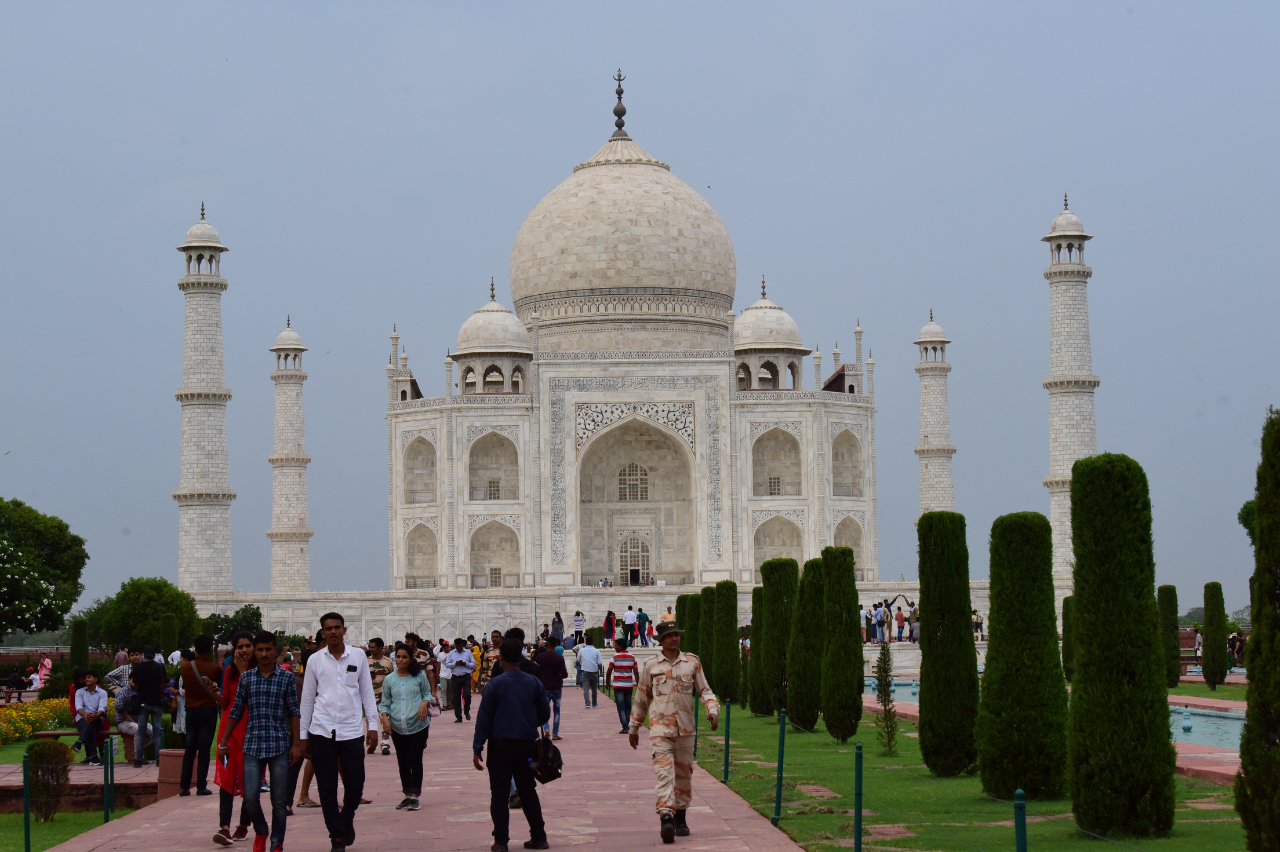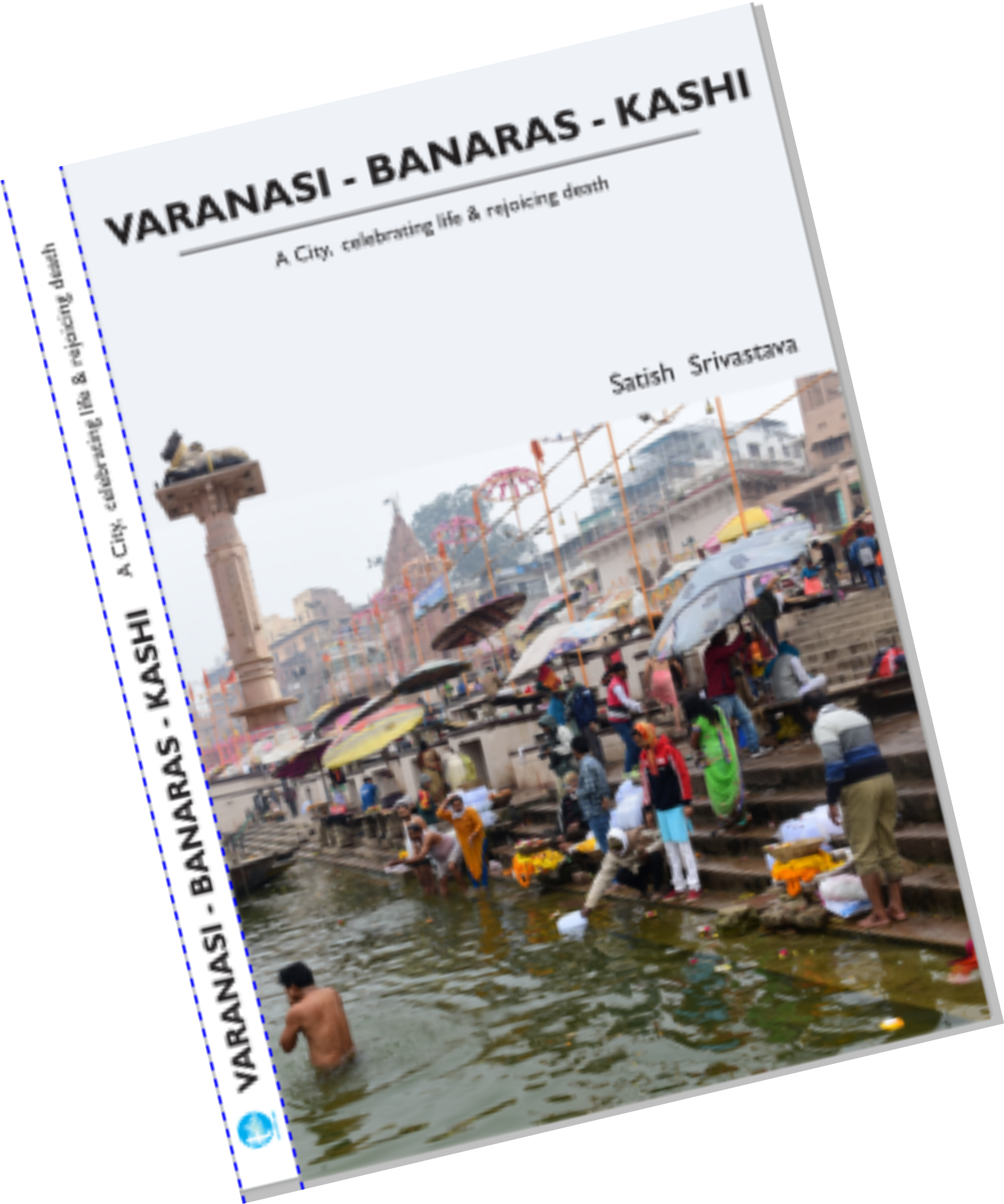



The History of The Tajmahal
The Taj Mahal is a breathtaking symbol of love and architectural brilliance. Commissioned in 1631 by the Mughal emperor Shah Jahan, it was built as a mausoleum for his beloved wife, Mumtaz Mahal, who passed away during childbirth. The construction of the Taj Mahal took around 22 years, with the main structure completed by 1648, and additional elements finished by 1653.
This masterpiece of Mughal architecture blends Indian, Persian, and Islamic styles, featuring intricate marble inlays and symmetrical design. he complex includes a mosque, guest house, and lush gardens, all set along the Yamuna River in Agra, India. Over 20,000 artisans worked under the guidance of Ustad Ahmad Lahori, the emperor’s chief architect, to bring this vision to life.
Recognized as a UNESCO World Heritage Site in 1983, the Taj Mahal remains one of the most visited monuments in the world, drawing millions of tourists annually. It is widely regarded as the jewel of Islamic art in India and a timeless testament to love and craftsmanship.





